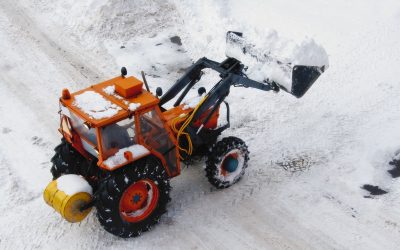GNSS technology – short for Global Navigation Satellite System – is indispensable to industries like land surveying. Without it, we would not have the incredibly detailed and accurate maps, images and information that we have about the various parts of our planet. From elementary school children studying the earth to advanced scientists in many fields, it’s truly a technology that impacts us all!
The methods and means of GNSS technology are ever-changing and adaptive to the most cutting-edge knowledge of the day. GNSS surveying systems become more precise with every passing year, and this makes the resulting work done by surveyors more accurate.
Notable Innovations
In the last few years, GNSS technology in all of its forms has become the go-to solution for positioning worldwide. It is the most cost-effective method of global positioning, and is likely to remain so for decades to come. In addition to affordability, GNSS technology offers the following benefits to the modern user:
• Micro-electrical mechanical systems (MEMS) to enhance positioning.
• Wi-Fi and Bluetooth technology integration to provide multi-device connectivity.
• Multi-constellation capability in some receivers, which enables the receipt of information from various satellite sources.
• Multi-channel frequency capability in some receivers, decreasing the effects of ionospheric error.
All of these features and more are becoming increasingly standard in the products sold apart of today’s GNSS surveying systems.
How This Effects Land Surveying
The complete digitization and overall improvement of GNSS Technology in recent years has been a boom for the business of land surveying. Professionals in this industry are now able to leave behind manual instruments and do their jobs with increased precision, all while maintaining a small profile in the tools they are required to carry. Overall, the business is only likely to see continued enhancement in accuracy and productivity as the technology becomes better with every passing year. Browse for more information.



